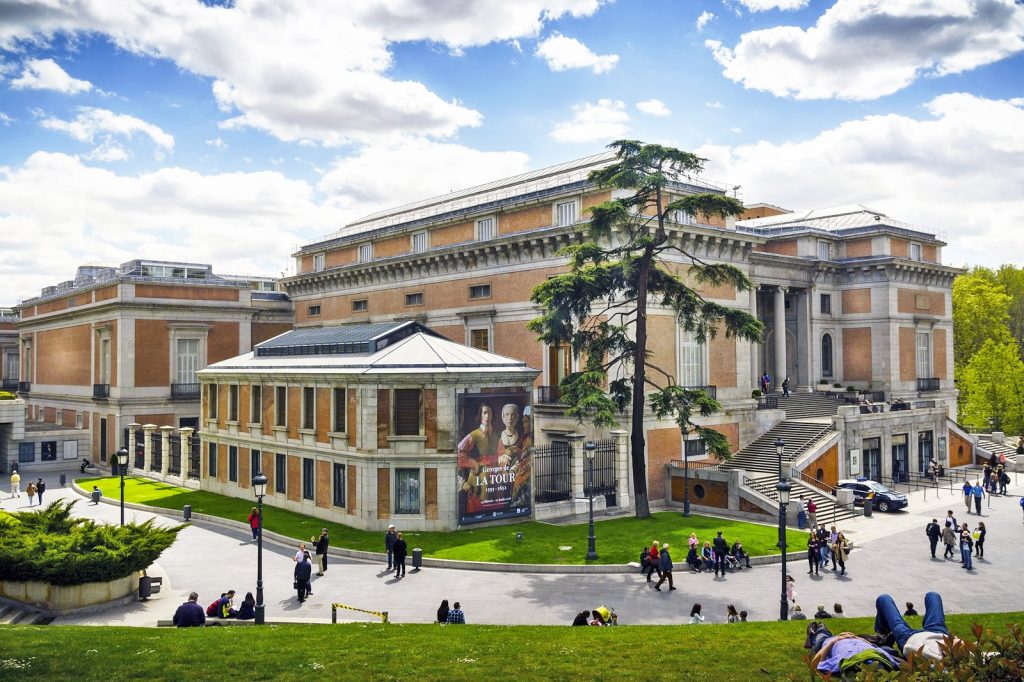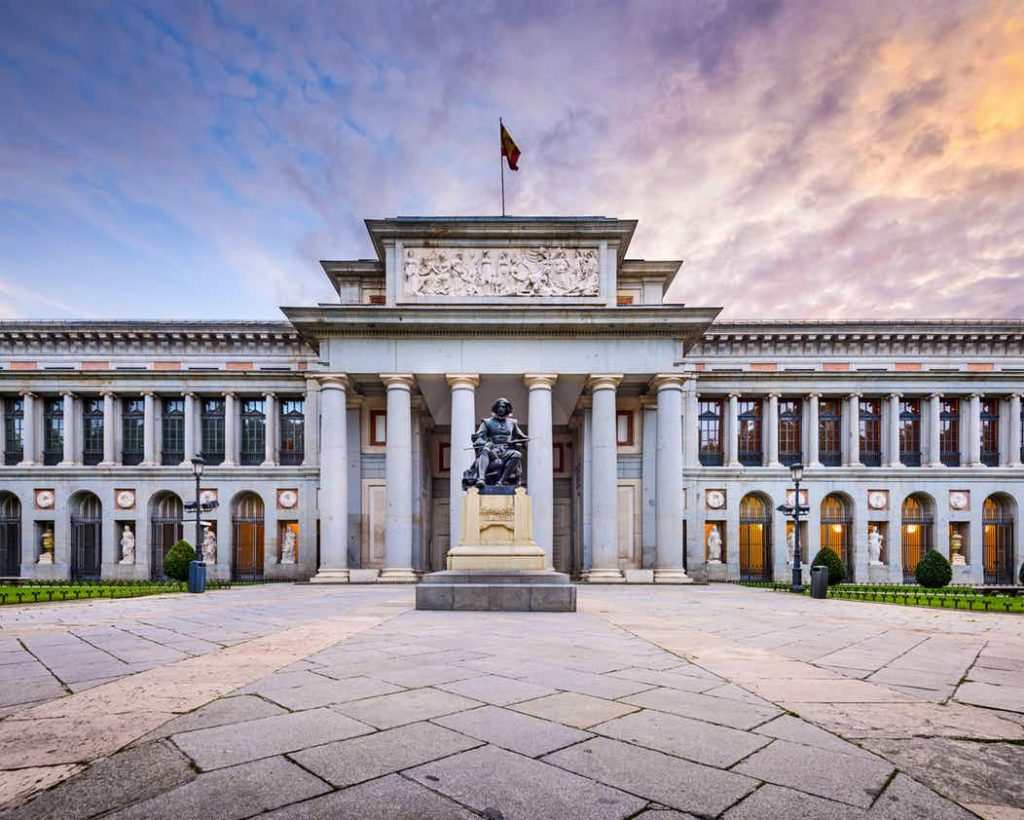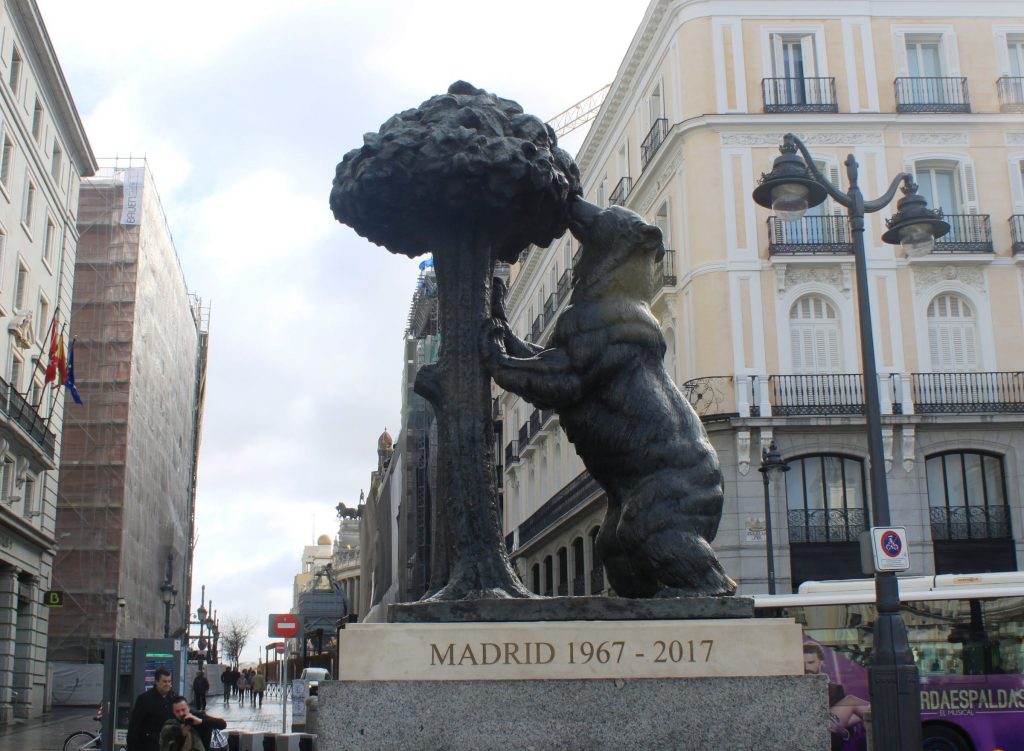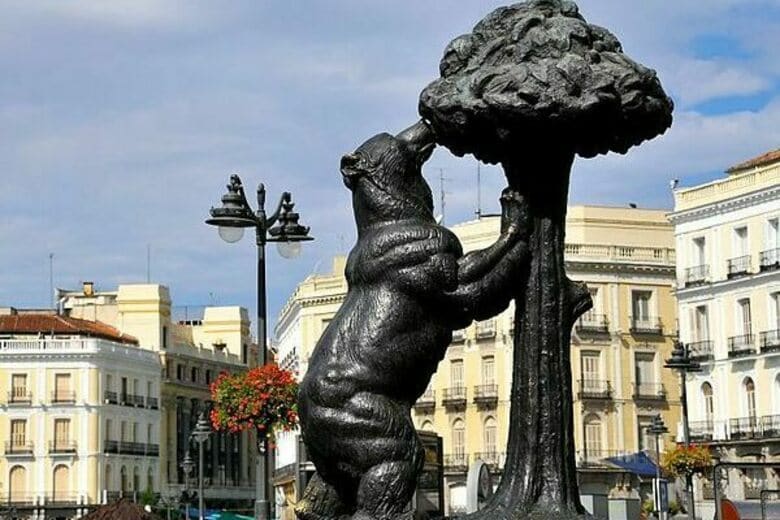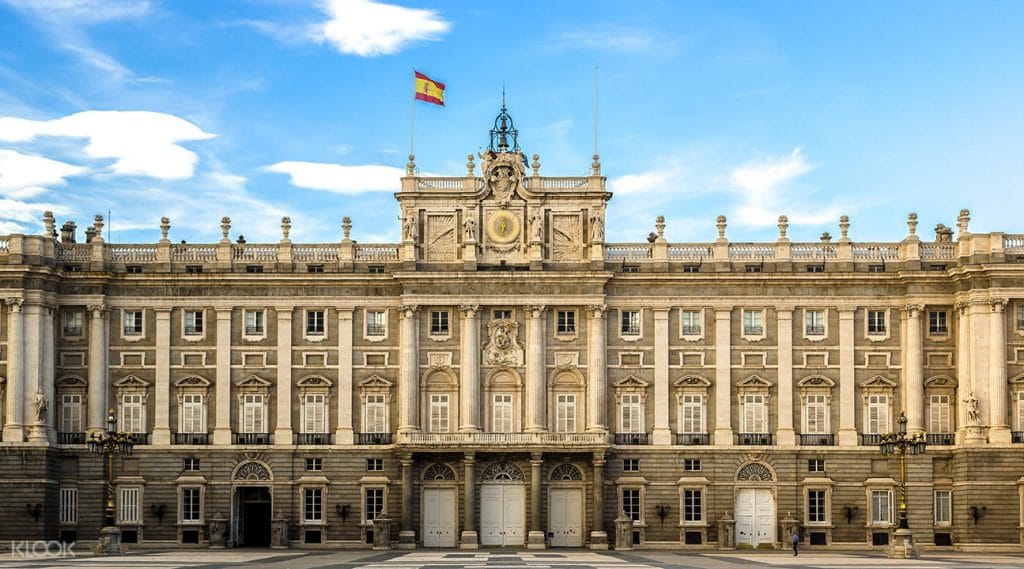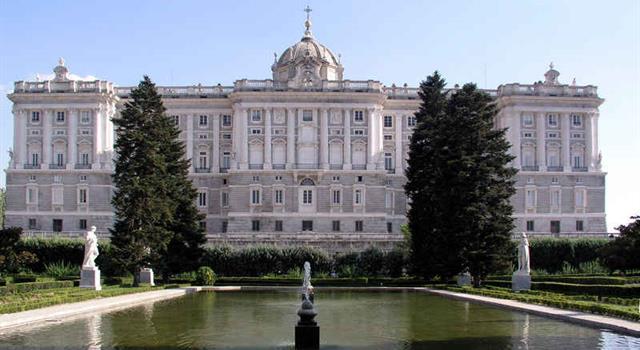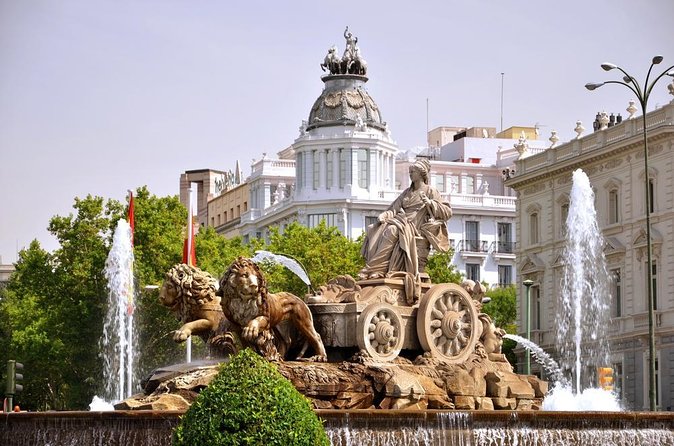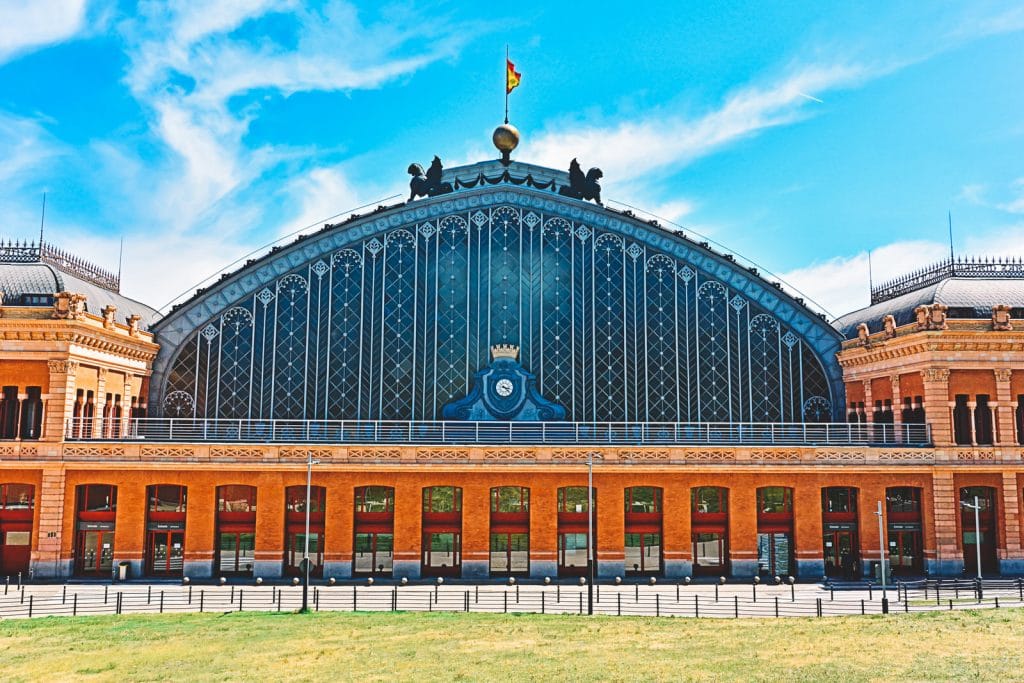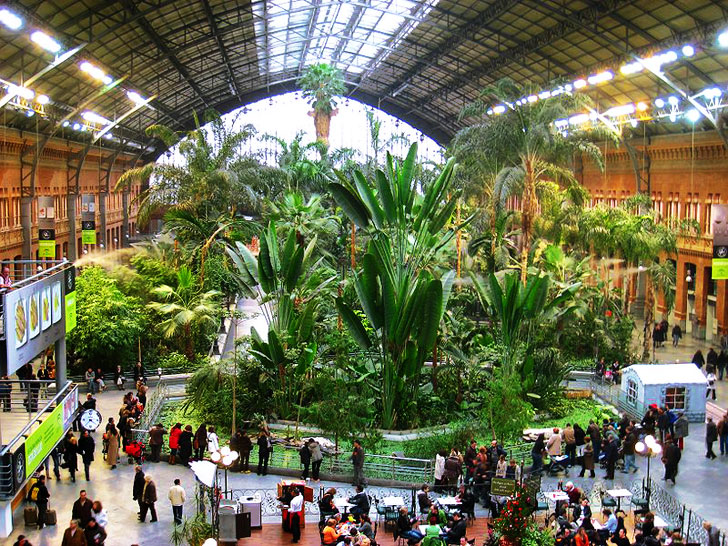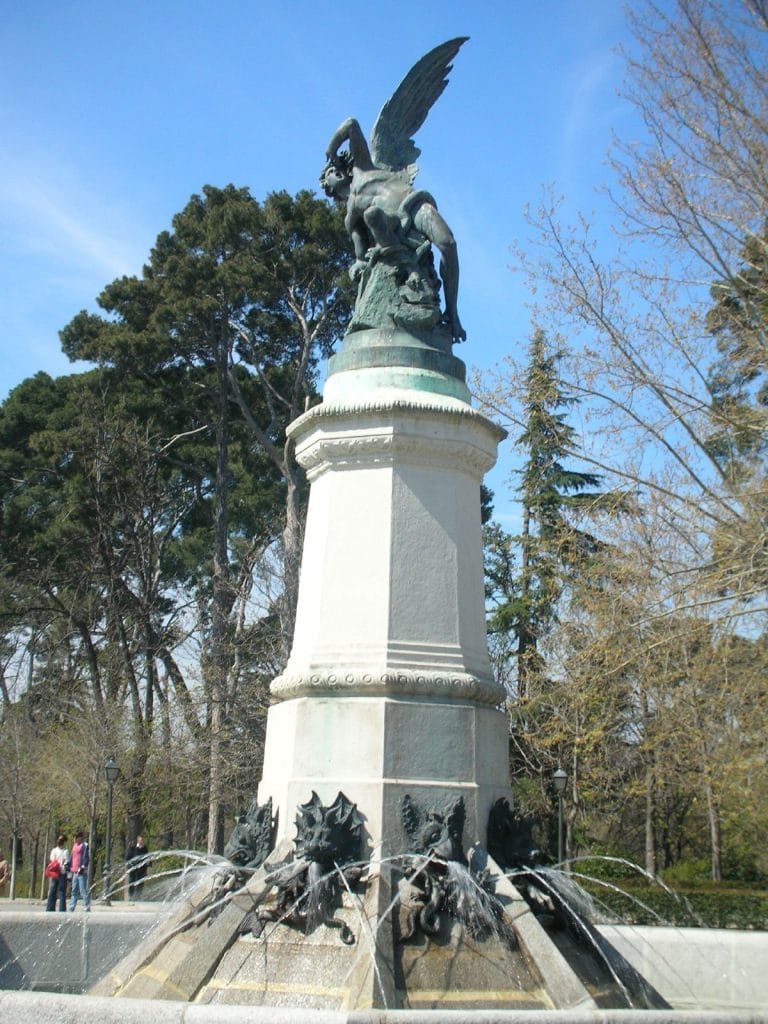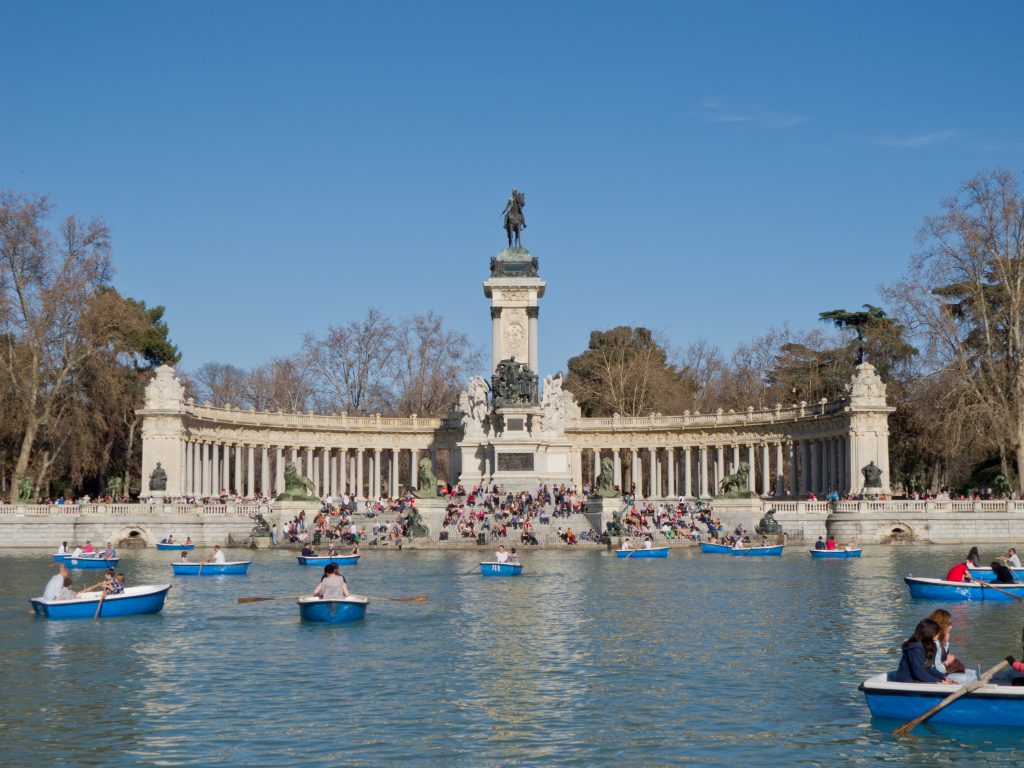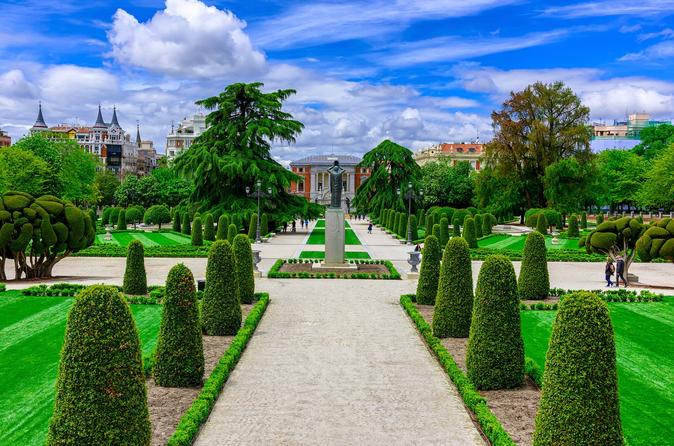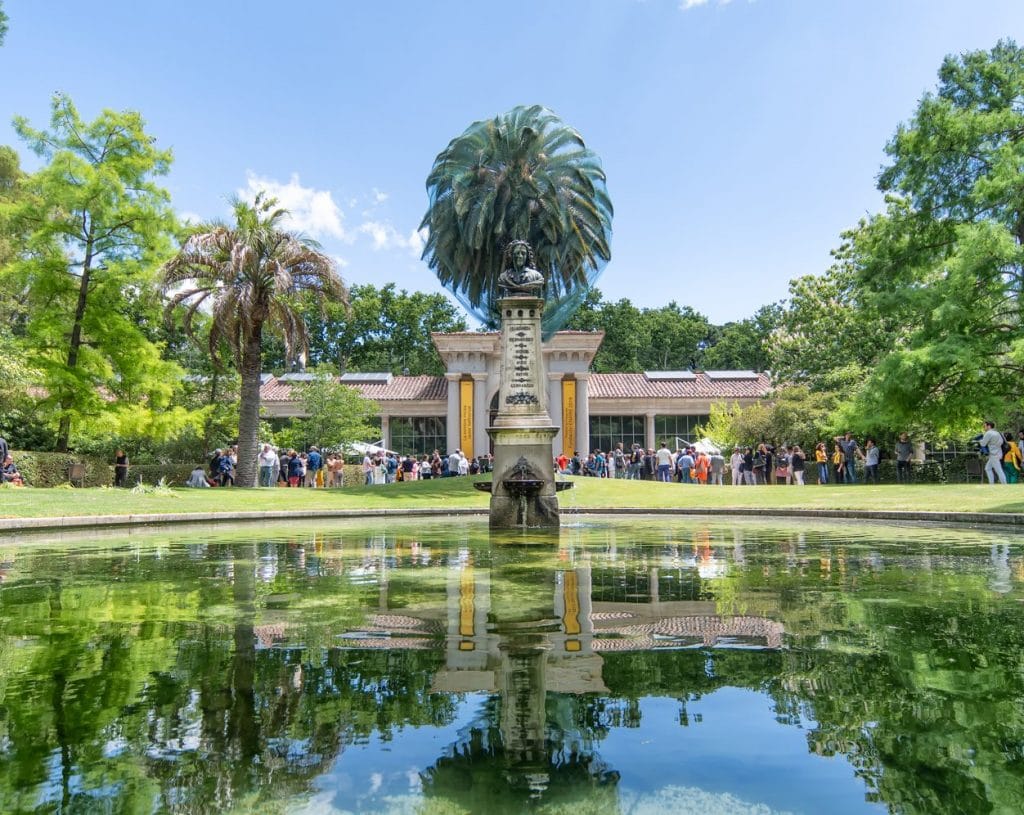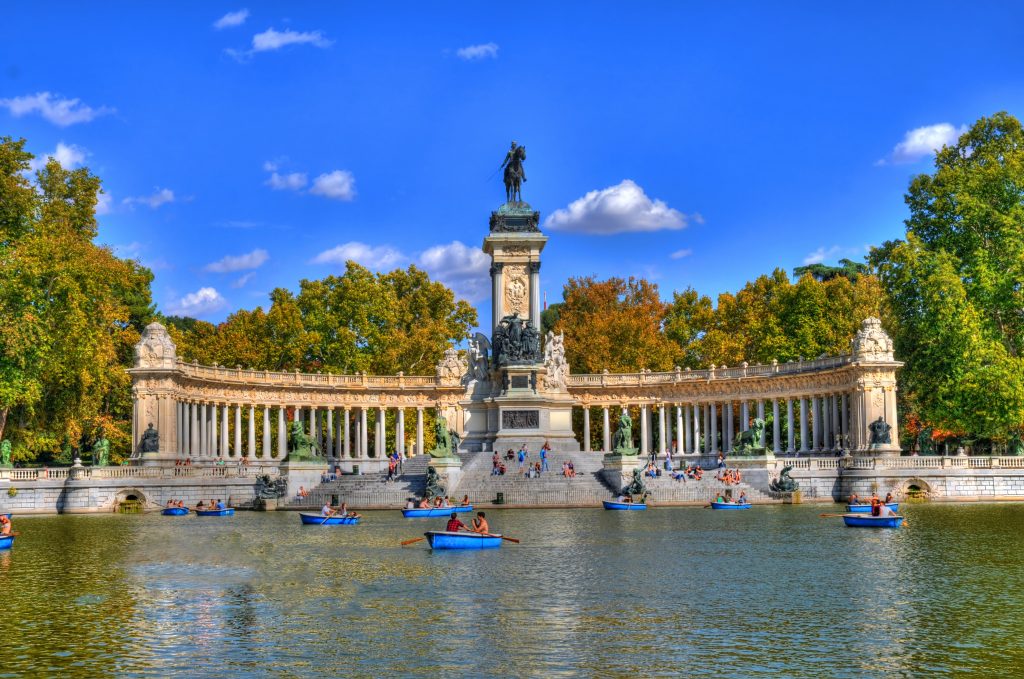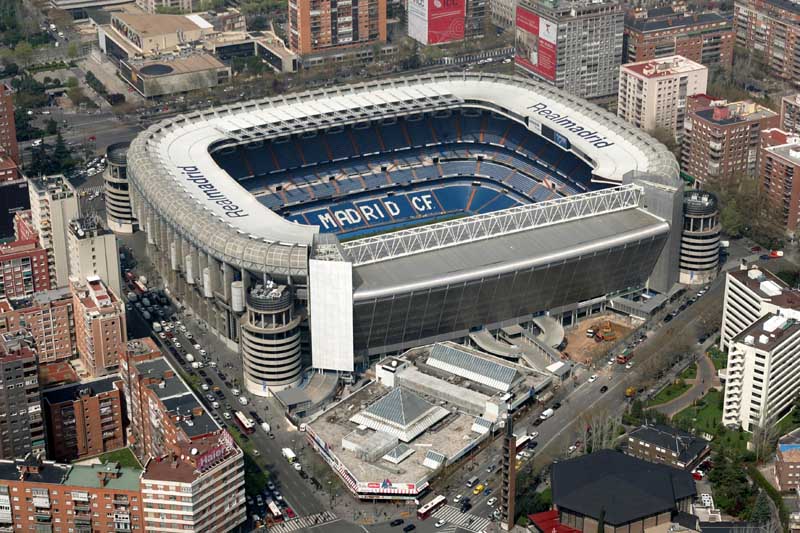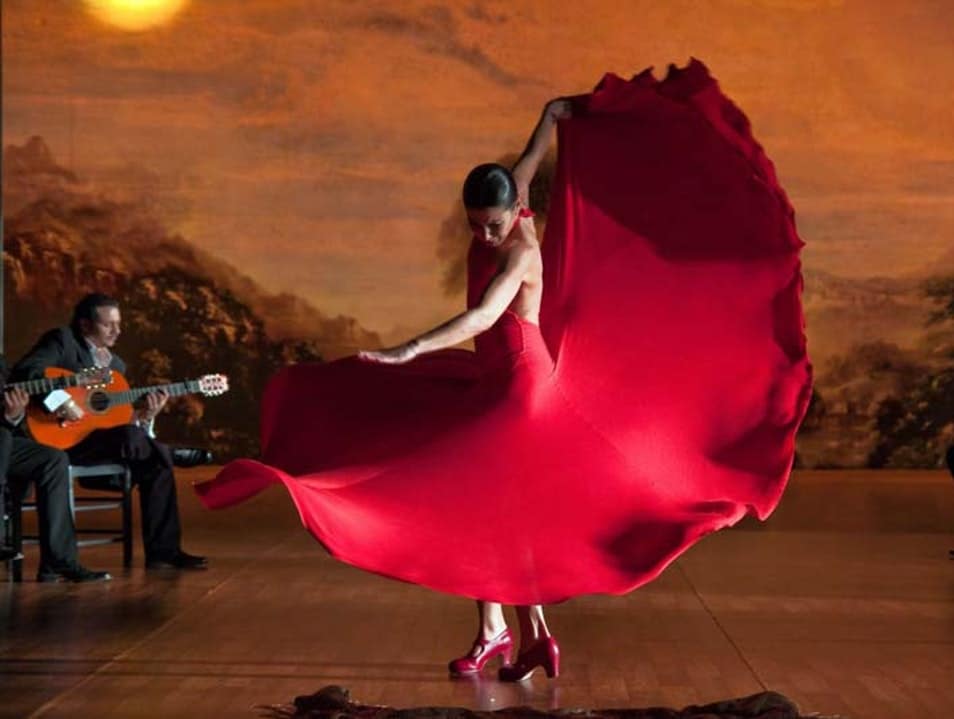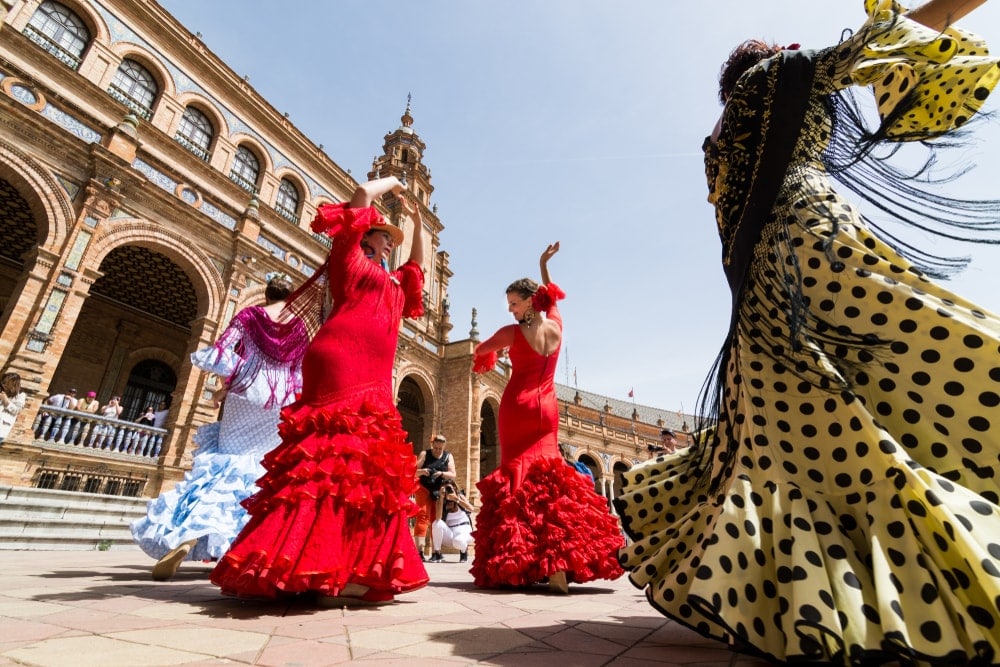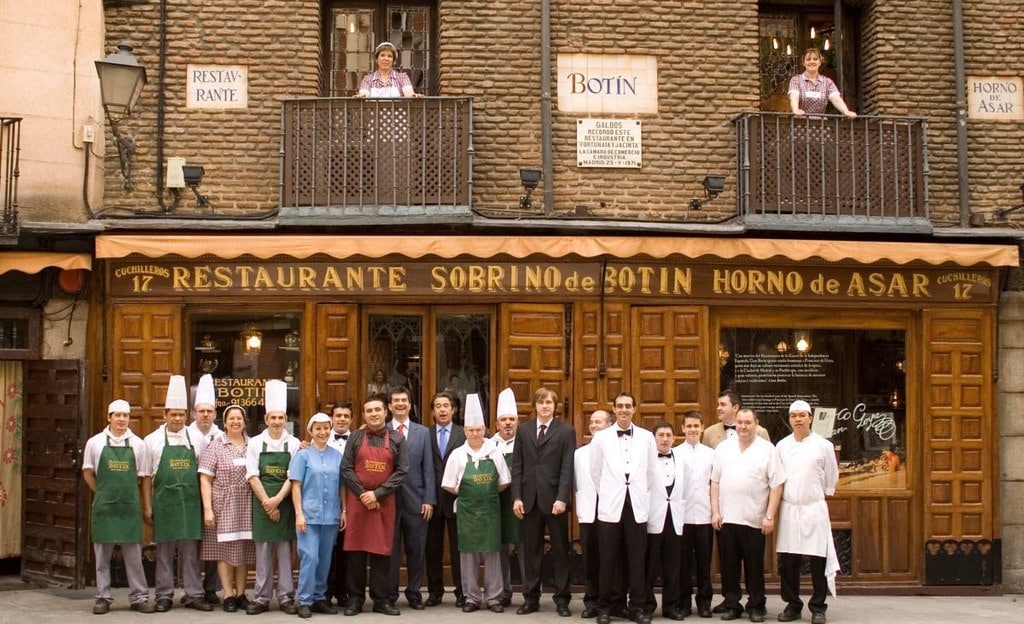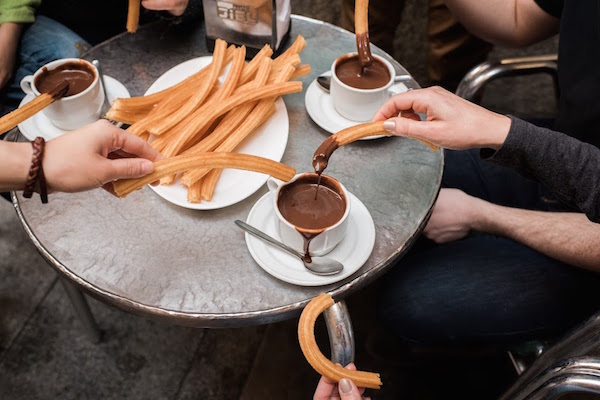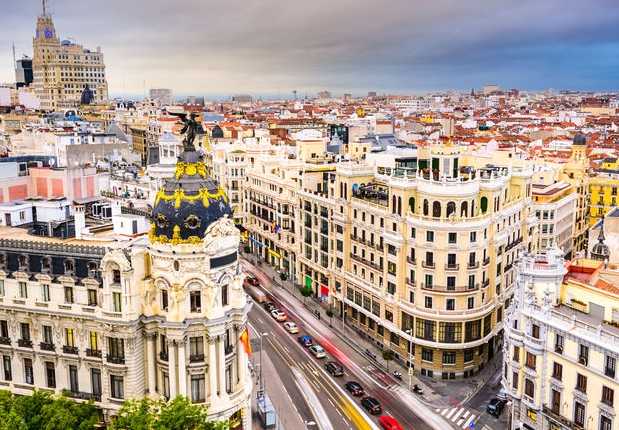
MADRID FACTS: A Captivating Capital
24 Aug, 2021
Madrid, Spain’s central capital, is a city of elegant boulevards and expansive, manicured parks such as the Buen Retiro. It’s renowned for its rich repositories of European art, including the Prado Museum’s works by Goya, Velázquez and other Spanish masters. The heart of old Hapsburg Madrid is the portico-lined Plaza Mayor, and nearby is the baroque Royal Palace and Armory, displaying historic weaponry… Spain’s dazzling capital is filled with intriguing stories and hidden secrets. These interesting facts about Madrid will definitely surprise you!
- Madrid is thought to be over 2000 years old. The Umayyad emir Muhammad I built an impressive fortress designed to protect the lands south of the river from incursions from the northern kingdoms of León and Castile in the 9th century. This later developed into a flourishing town. One of the most interesting facts about Madrid is that the old walls of the Muslim fortress can still be seen today.
- The name ‘Madrid’ might be over 2,200 years old…. There are more plausible theories that Madrid’s name actually has Roman ancestry. This is based on the fact that there had indeed been a Roman settlement called ‘Matrice’ right at the Manzanares River over 2,200 years ago!
- Madrid was founded around the year 860 A.C. A ruler that was known as Muhammed I chose to start a city in the region. Advantages being its good location and proximity to the Manzanares river, and its elevated position. This settlement turned into a fortress and then eventually became Madrid as it is known in the present day.
- The Moors were responsible for the initial development of Madrid. The Moors ruled Madrid through the 11th century. They left a complex irrigation system that allowed the agricultural industry to flourish. Perhaps you have read the famous poem, “Ay de mi Alhama”, which depicts the fall of Granada. This ultimately successful attempt of the Christian army to claim back the land marked the end of Moorish rule in Spain. It was the year 1086 when Alfonso VI captured back the area.
- Madrid’s name means ‘place of abundant water’. The etymology of Madrid’s name is shrouded in myth. According to legend, the original name of the city was ‘Ursaria’, a reference to the large number of bears that once inhabited the region. Some scholars believe it comes from a Roman settlement, ‘Matrice’, established on the Manzanares River. However, the earliest recorded name of the town is ‘Magerit’, from the Arabic meaning ‘place of water’, and this is the most likely explanation for how the city got its name.
- Madrid became the capital of Spain in the 16th century. Because of the central geographical position of Madrid and the abundance of water and game in its surroundings.
- Much of Madrid was built by the Habsburgs. This historical influence can be seen in many of the modern sites of Madrid, like Plaza Mayor. This center forms part of El Madrid de los Austrias, the old quarter of Madrid, which extends between the metro stops Sol and Opera. But the name isn’t random. For a brief history lesson, the Habsburgs was the royal dynasty that ruled the Holy Roman Empire, and the Spanish Empire was an ally of the Habsurgs. During the Siglo de Oro, or Golden Age, Spain experienced substantial economic growth.
- Madrid is not only a city, but a ‘state’. The southwest city, Toledo, was the original capital of Spain until the 1500s when Madrid earned the title. Spain had its regions separated into different categories. The Madrid region is one of the most successful parts of Spain and is seen as a crucial area for the entire European Union as well.
- It’s home to some of the best museums in the world. Madrid is an art-lovers paradise, and many visitors flock to the so-called ‘Golden Triangle’: the Prado Museum, the Thyssen-Bornemiszia Museum and the Museo Reina Sofia. Madrid was – and is – a European Cultural Capital. he city might first win you over with its overwhelming museums like the world-famous Prado, museum of 12th-19th century European and Spanish art, or the Reina Sofía Museum of Modern Art.
- The Coat of Arms of Madrid – a Bear and a Tree, standing broad and clear in the middle of Puerta del Sol. The coat of arms of Madrid is one of the most unique and strange emblems in the world, consisting of a bear reaching up to a strawberry tree, surrounded by the seven stars of the constellation ‘great bear’ (Ursa Mayor). The image of the bear had been linked to Madrid since the medieval period, when knights from the city rode into battle at Las Navas de Tolosa carrying a banner that depicted a bear. It is not known when or why the strawberry tree came to be associated with Madrid, although its Spanish name, madroño, bears some resemblance to madrileño, the name for Madrid’s inhabitants. Whatever the reason, this cute image is intertwined with Madrid’s history and identity, and you can see a statue of the bear and the tree today in Puerta del Sol!
- The Spanish King does not reside in the Royal Palace in Madrid. Even though the Palacio Real is still the official royal residence, the members of the royal family have been living and receiving guests in the petite Palace of Zarzuela since 1962. Situated at the outskirts of the city, all ceremonial events and official meetings with the current King, Felipe VI, have taken place in this rather modest royal mansion.
- Cibeles Fountain: you might be surprised to hear that the fountain has been designed to flood the Bank of Spain’s chamber of gold if anyone breaks in!
- The old Atocha train station is now a lush garden: the botanical garden is housed inside an abandoned section of Atocha train station. Filled with lush tropical flowers and rare trees and plants, a trip here is one of the best things to do in Madrid for a moment of serenity during a busy commute!
- Madrid is home to an ancient Egyptian temple. Temple of Debod, close to the Plaza de España. This enigmatic monument stood for thousands of years in Egypt’s Nile Valley before travelling to Madrid in 1968 as a thank-you gift for Spain’s assistance in saving historic Egyptian monuments during the flooding of the Aswan Dam.
- Madrid is the third (3rd) biggest city in the European Union in terms of peaking population numbers …. Right after the spectacular demographics of London (home to around 8.5 million people), Berlin (around 3.6 million inhabitants).
- It’s one of the highest capitals in Europe. Madrid lies at around 700 meters of altitude. There might be palm trees in Madrid, but fact is that the voluptuous city of Madrid lies at an astounding 667 meters above sea-level.
- It’s one of the greenest cities in the world: 300,000 trees and 6400 hectares of green space, it’s the second most sustainable city after Tokyo. It’s also home to more trees and green space per inhabitant than any other European city.
- It’s one of the sunniest cities in Europe. Madrid averages over 300 days of sunshine per year.
- Madrid is a city of students. Various of its many universities and business schools are counted as being some of the oldest and most prestigious learning facilities worldwide. For example, the economical Masters program of the University Charles III, is ranked on the list of the ‘Global top-50’; the founding of the Universidad Complutense dates back as early as the year 1293; the University of Salamanca, which is the oldest university in Spain and the fourth (4th) oldest in Europe, was founded back in 1218.
- It’s one of the most popular tourist destinations in Europe. Over 6 million visitors visit Madrid each year, to take advantage of the fantastic nightlife, world-class art galleries and museums, and stellar shopping.
- Madrid is one of the 4 richest cities in Europe. With an estimated GDP of 133 billion euros, sectors like government and technology are the most profitable for this local economy, and service jobs are the most prominent in Madrid.
- Madrid is the Financial Center of Spain.
- Madrid has the only monument of the devil in the world – located in the lush Retiro Park. Known as the ‘Fountain of the Fallen Angel’, and sculpted by Ricardo Bellver for the World’s Fair in Paris in 1878, it depicts the moment of Lucifer’s fall from heaven. The statue is known for the realism and anguish depicted on the angel’s face and it’s the only monument in the world to depict the devil in this way.
- The city is home to one of the best football clubs in the world. Football is a pretty much a national religion for madrileños and the city is home to one of the most successful clubs in the world: Real Madrid. It takes its name from the royal (‘real’) blessings bestowed on the club multiple times over the course of the 20th century (which may also explain its incredible success!)
- Madrid is home to the oldest restaurant in the world: Restaurante Botin, founded in 1725, is officially the oldest restaurant in continuous operation in the world! It’s known for fantastic local delicacies such as suckling pig, a dish that Ernest Hemmingway wrote about in glowing terms when he visited back in the 1920s.
- Spanish roads start in Madrid. You might have heard ‘all roads lead to Rome’, but it seems in Spain all roads lead from Madrid. If you visit the Puerta del Sol you’ll see a small sign in the square showing Kilometer 0 with the 6 main roads branching off from Madrid.
- Madrid’s metro system is one of the largest in Europe. Public transportation in Madrid is known for being one of the largest and most efficient metropolitan networks.
- The city is home to the biggest seafood market in Europe, and the second (2nd) largest in the world (Tsukiji Fish Market in Tokyo takes that prize!). Unfortunately MercaMadrid isn’t open to the general public. Considering how far Madrid is from the coast, it’s surprising to have such an epicentre for seafood in the heart of the country!
- Madrid Has a Large Bullfighting Arena. It can seat as many as 25,000 people and is quite a sight to behold.
- Madrid holds an annual Flamenco Festival. Since 2005, Suma Flamenca is an important festival that showcases many dancers, singers, and guitar players. The event is based out of Teatros del Canal and spreads out into more of the city as well. The event takes place in June and is one of Spain’s finest flamenco events.
- Madrileños take their siestas seriously. The Spanish prefer to sleep for a few hours after lunch before returning to work. This means that stores may be closed from about 2 to 5pm. But, they usually open again until around 8 or 9pm.
- Madrileños are known as ‘cats’ (Gatos) because they stay out all night. Madrid is known throughout Europe for its buzzy nightlife.
- You Can Find Churros at Any Time in Madrid. Churros dipped in chocolate are one of those popular snacks commonly found in Spain.
- You can see the skeleton of one of the tallest Spaniards of all time. Born in 1849 in Puebla de Alcocer in Extremadura, Augustín Luengo Capilla grew to a height of 7 feet and 8 inches (roughly 2m.33), making him one of the tallest Spaniards on record. His skeleton was given to the head of the National Museum of Anthropology (with Augustín’s prior consent), and it remains on display in the museum today, alongside countless other fascinating human artefacts.
- The Golden Mile of Shopping is located in Salamanca, Madrid.
- Madrid is the birthplace of multiple celebrities. (Actress and Oscar winner Penelope Cruz and the pop singer Enrique Iglesias).

